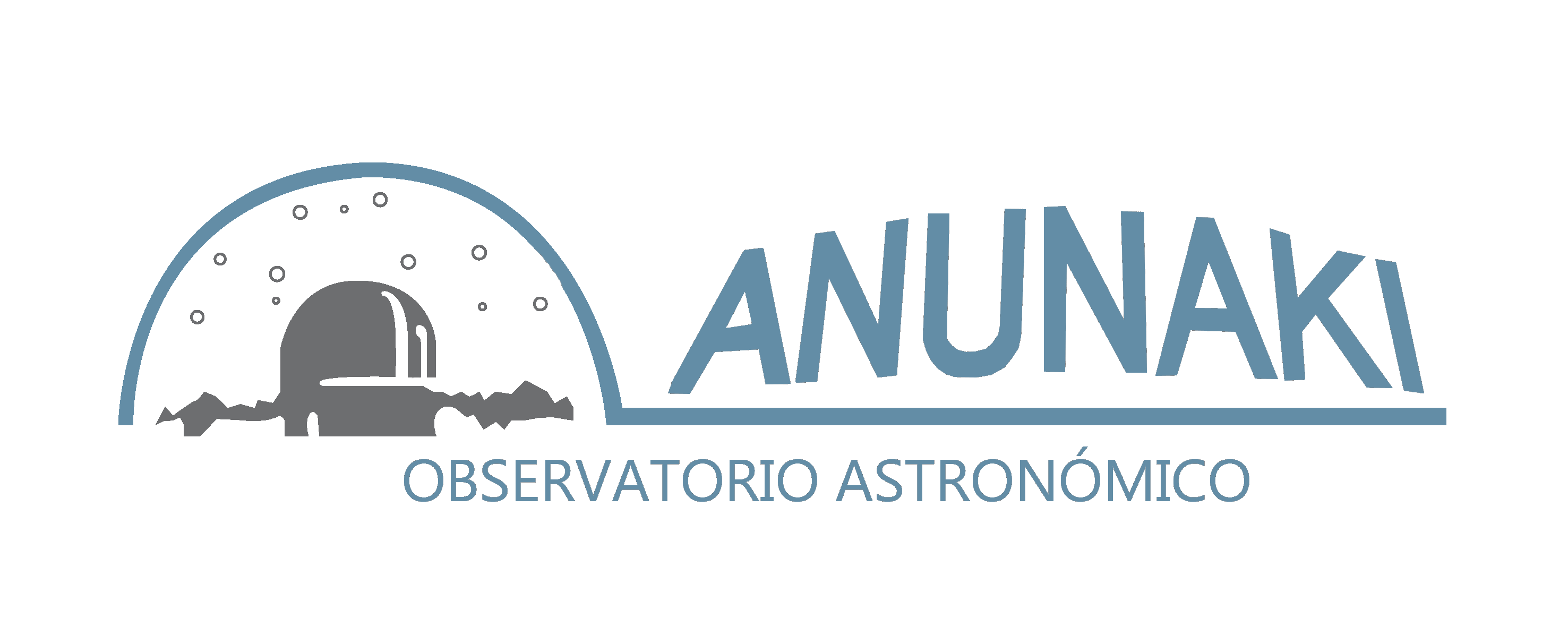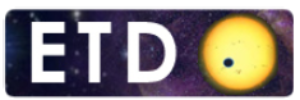Photometry
the art of breaking down light
It is the observational technique oriented to the measurement of the apparent brightness and color of the bodies. Astronomical photometry is applied in particular to the brightness and color of celestial objects, being very useful for studying morphology and composition of them.
The apparent brightness of stars is usually measured in astronomy by means of the special scheme known as the magnitude system. The magnitudes can be measured in visible light, in the infrared or in the near blue and ultraviolet, using filters that only let certain frequencies of the radiation emitted by the celestial object pass through.
Discover our work from the Anunaki Observatory
Exoplanets
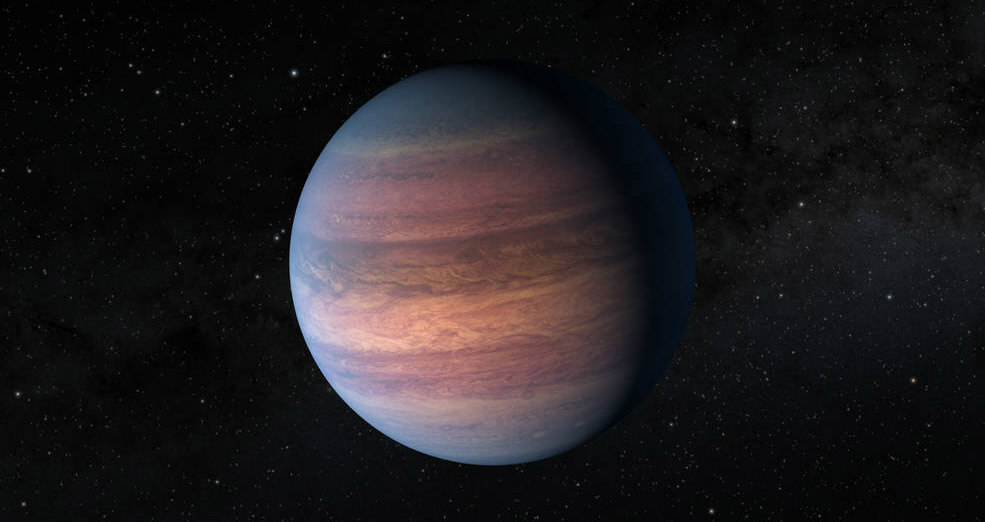
The Anunnaki Observatory is specialized in observing exoplanet transits.
The data is freely accessible, you can download it and work with it.
Todos los tránsitos de exoplanetas realizados desde el Observatorio Anunaki están clasificados por el nombre del proyecto y un enlace a todas las observaciones realizadas.
También podrás encontrar una lista de publicaciones científicas en las que hemos colaborado así como tutoriales para poder realizar esta técnica de observación.
Asteroids

Asteroids are small rocky objects that orbit the Sun. Although asteroids orbit the Sun like planets, they are much smaller.
How does the photometric light curve of an asteroid allow us to infer its morphology?
There are many asteroids whose light curves cannot be covered during one observation, such as slow rotators, or with periods longer than 12 hours. There are also targets with periods proportional to Earth days, so their light curves cannot be covered by observing a single site.
Supernovae
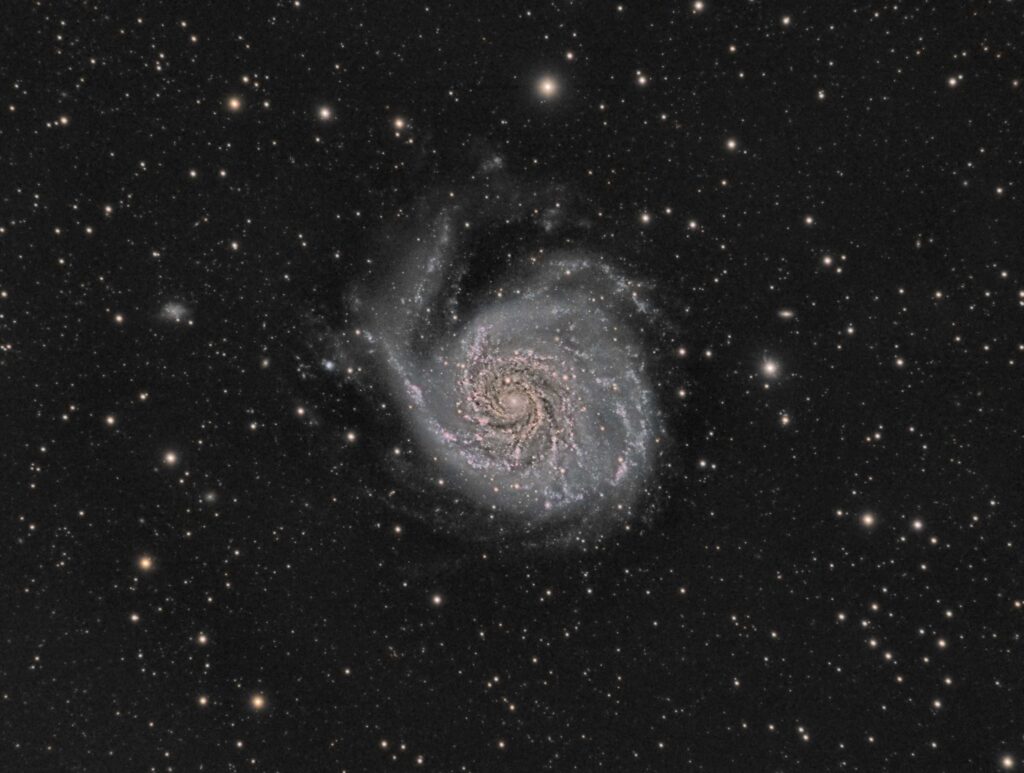
Discover the group of Supernova Observers (ObSN) dedicated to monitoring supernovae and other transitory phenomena of interest. In it you can find information and news about the latest objects observed, send your photometric measurements… and more.
Your collaboration is welcome.
The classification of supernovae has historical reasons, and was born from the first attempts, by astronomers, to understand them; This is how they started grouping them according to the absorption lines of different chemical elements that appear in their spectra.
The first clue to division is the presence or absence of hydrogen. If the spectrum of a supernova does not contain a line of hydrogen, it is classified as type I; otherwise, it is classified as type II.
Within these two main groups there are also subdivisions according to the presence of other lines.
Variable stars
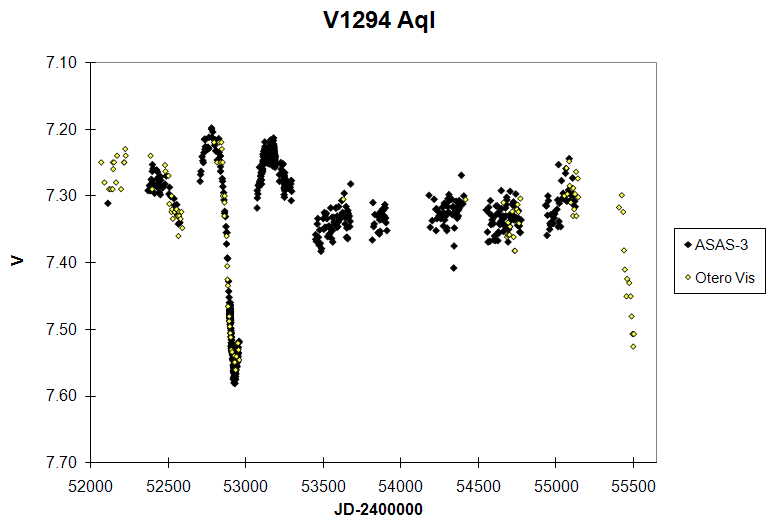
With the new CCD camera techniques the accuracy achieved by observing variable stars is very good and there are still many stars that need to be monitored.
Learn to work on observing variable stars.
Thanks to the great work of a team of Spanish volunteers led by Juan-Luis González Carballo (GCJ) and Josep Lluís Salto González (SJGA), we are pleased to announce that the Spanish version of the AAVSO CCD Photometry Guide is now is available to download:
Guía de Fotometría CCD de la AAVSO
Astrophotography
Do you want to enter the world of photometry and do not know how?
Basic concepts about photometry, use of filters, astronomical software, differential photometry, data analysis.

